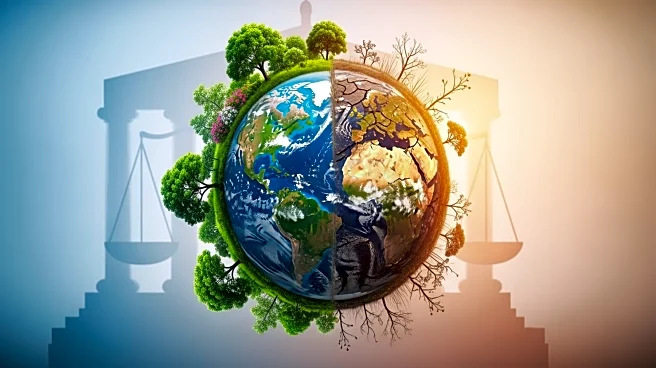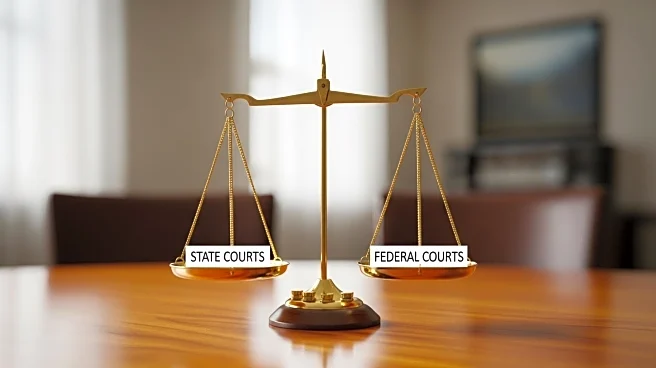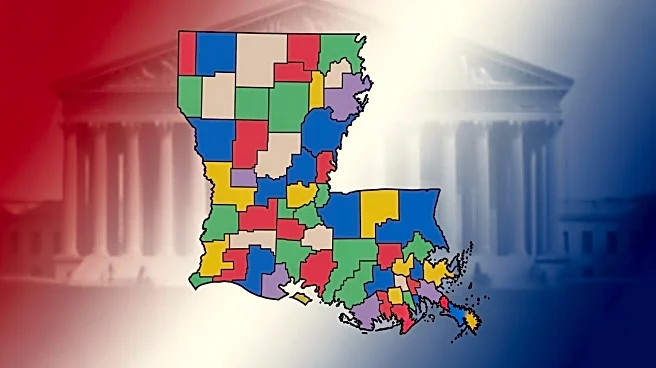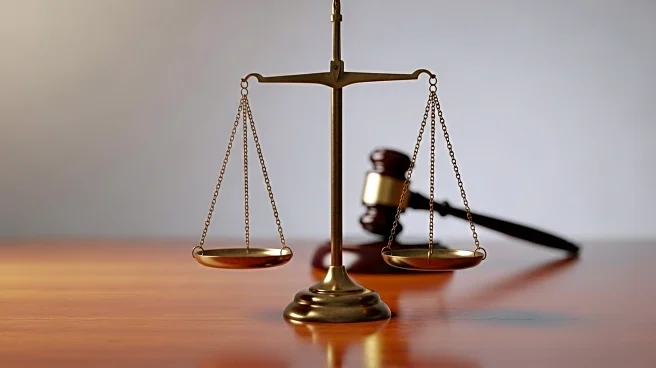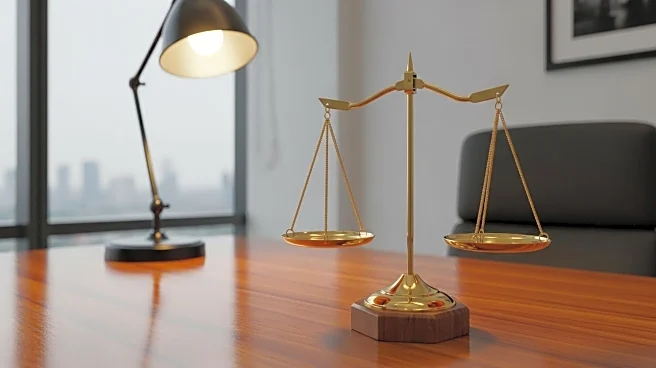What's Happening?
The U.S. Supreme Court is being urged to address a key question in climate change litigation: whether the Clean Air Act preempts state common law claims of public nuisance. The case, Suncor Energy USA
Inc. v. County Commissioners of Boulder County, presents an opportunity for the court to clarify the legal landscape. The petition for certiorari asks the justices to review a Colorado Supreme Court decision that allowed plaintiffs to proceed with state tort and consumer deception claims related to climate change effects. The case highlights a patchwork of inconsistent rulings across state and federal courts regarding federal preemption.
Why It's Important?
Resolving the legal uncertainty surrounding climate change litigation is crucial for both courts and litigants. The Supreme Court's decision could have significant implications for environmental policy and the ability of states to pursue claims against energy companies. A clear ruling on federal preemption would provide much-needed clarity and consistency in the legal framework governing climate change-related lawsuits. The case underscores the national significance of climate change litigation and the need for coherent legal standards to address environmental challenges.
What's Next?
The Supreme Court's decision on whether to grant certiorari in the Suncor case is anticipated soon. The court's review could lead to a landmark ruling that shapes the future of climate change litigation in the United States. The outcome may influence ongoing and future lawsuits, as well as legislative and regulatory approaches to addressing climate change. Stakeholders, including environmental groups, energy companies, and government agencies, will closely monitor the case and its implications for environmental policy and legal strategy.
Beyond the Headlines
The case highlights the complex interplay between federal and state law in addressing climate change. The legal uncertainty has implications for national security, economic interests, and environmental protection. The Supreme Court's involvement could lead to broader discussions about the role of the judiciary in shaping environmental policy and the balance between state and federal authority. The case reflects the evolving landscape of climate change litigation and the challenges of achieving legal clarity in a rapidly changing environmental context.
